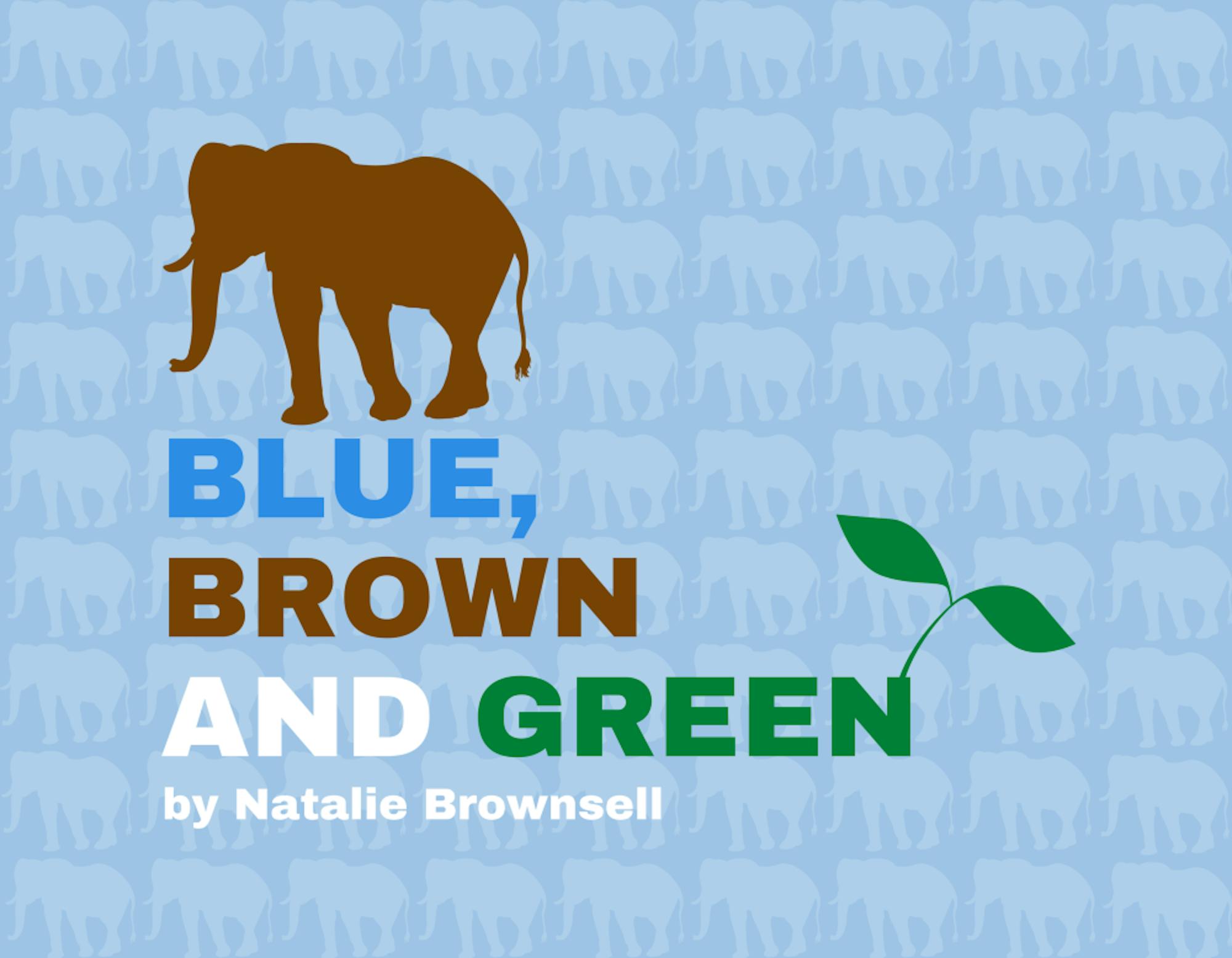If I know anything about the environment, it’s that connections between issues can be far-reaching. Though you’ve likely heard that water scarcity will be a massive, looming issue in the near future, it can be hard to see the big picture in the U.S., where freshwater seems so readily available and consumption is rampant. Today, many water sources — which sustain local ecosystems and our growing population — are becoming stressed. As the climate continues to change rapidly, the issue of water scarcity is anticipated to only become more dire.
It is estimated that each person in the U.S. uses over 100 gallons of water per day just performing indoor tasks. This excludes outdoor water consumption like landscape irrigation, which uses nearly 9 billion gallons per day nationwide, accounting for almost one-third of all residential water use. Since most large cities get approximately 78% of their water from surface sources, meeting this consumption results in massive relocation of water in the environment. This disrupts environmental processes and increases the already high strain on freshwater sources due to increasing demand.
Aside from direct water use in the U.S., one major indirect contributor to water scarcity is food waste. According to a report by the United States Geological Survey, “irrigation accounted for 42 percent of the Nation’s total freshwater withdrawals in 2015.” Globally, “agriculture uses 70% of the world’s accessible freshwater” yet a shocking “60% of this is wasted due to leaky irrigation systems, inefficient application methods as well as the cultivation of crops that are too thirsty for the environment in which they are grown.” This represents a massive portion of the world’s freshwater supply that is being wasted without creating any benefit. Additionally, since 31% of all food is wasted in the U.S., much of the water which successfully contributes to food production eventually goes to waste.
Though many everyday choices may seem like insignificant actions, when it comes to water use, these actions often have significant impacts on water consumption. Reducing your shower time by only five minutes can save 10 gallons of water each day, and you can save about 8 gallons per day by simply brushing your teeth without leaving the water on. National food consumption and waste are both impacted greatly by our individual choices and have huge impacts on water scarcity due to the massive water consumption of agriculture.
Though the U.S. is one of the top water consumers in the world, the reality is that we will likely be one of the last places to feel the effects of water scarcity. The fact that the majority of water used for landscape irrigation, clothes washing, toilet flushing and showering in the U.S. is clean, drinkable water makes the waste of this water that much worse. This makes all the small choices we make everyday extremely important. With 40% of the global population and a significant number of ecosystems facing water scarcity, the amount of water wasted around the world has direct implications on human and environmental health, making it all the more important to keep the big picture in view.






